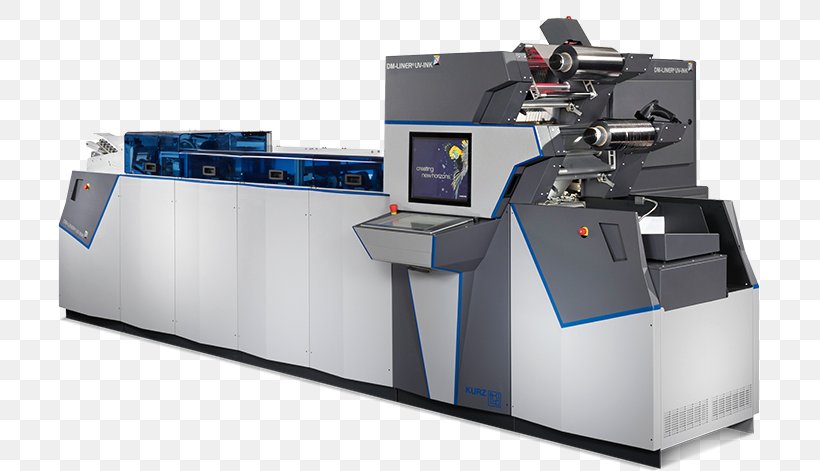Hot stamping is the process of transferring dry film to a substrate using heat and pressure. This requires the following main components:
The foundation is usually made of hard rubber or phenol. The base should be hard enough to withstand buildup under the mold, soft enough to protect the mold from impact on the base, and tough enough not to pick up a set from repeated impacts. You can also buy best stamping press via https://www.macrodynepress.com/hydraulic-presses/hot-stamping-presses/

SUBSTRATE: A wide variety of substrates are suitable for hot stamping. The surface tension of the media has the same effect on hot stamping as it is for printing.
Apart from surface tension, the porosity of the material has a strong influence on the punching speed. Dry materials tend to cool the film before sticking properly. The printout shows a colored surface, similar to the appearance of ink on such materials. Well-printed materials tend to print well.
ROLL SHEET: Also known as foil roll sheet, this is the ink used in the hot stamping process. It consists of a carrier with a series of transferable layers. The carrier comprises a polyester film, which can range from a little under 0.0005 "to about 0.0015". All other things being equal, the thinner the carrier, the faster the film will be transferred.
The first layer applied to the carrier is a thin discharge layer. This coating affects whether the film is suitable for fine copying or for heavy coatings, and affects the "clipping properties" of the film.
The second layer, known as the "binder" or "paint" layer, has two uses in rolled sheet products. The first function of this coating is to provide a hard, abrasion-resistant surface to the film when applied.
At 1.2-1.5 microns, make coat makes up about 30% of the product transferred. Since the metal lining is always made of aluminum, a shade is required to obtain gold or other non-ferrous metal. This color is the second function of the tie.
Under the adhesive layer there is a layer of aluminum which is applied under vacuum. It is the opaque layer in its structure, even though it is only 0.02-0.05 micrometers thick. This layer does not have its own structural integrity.
